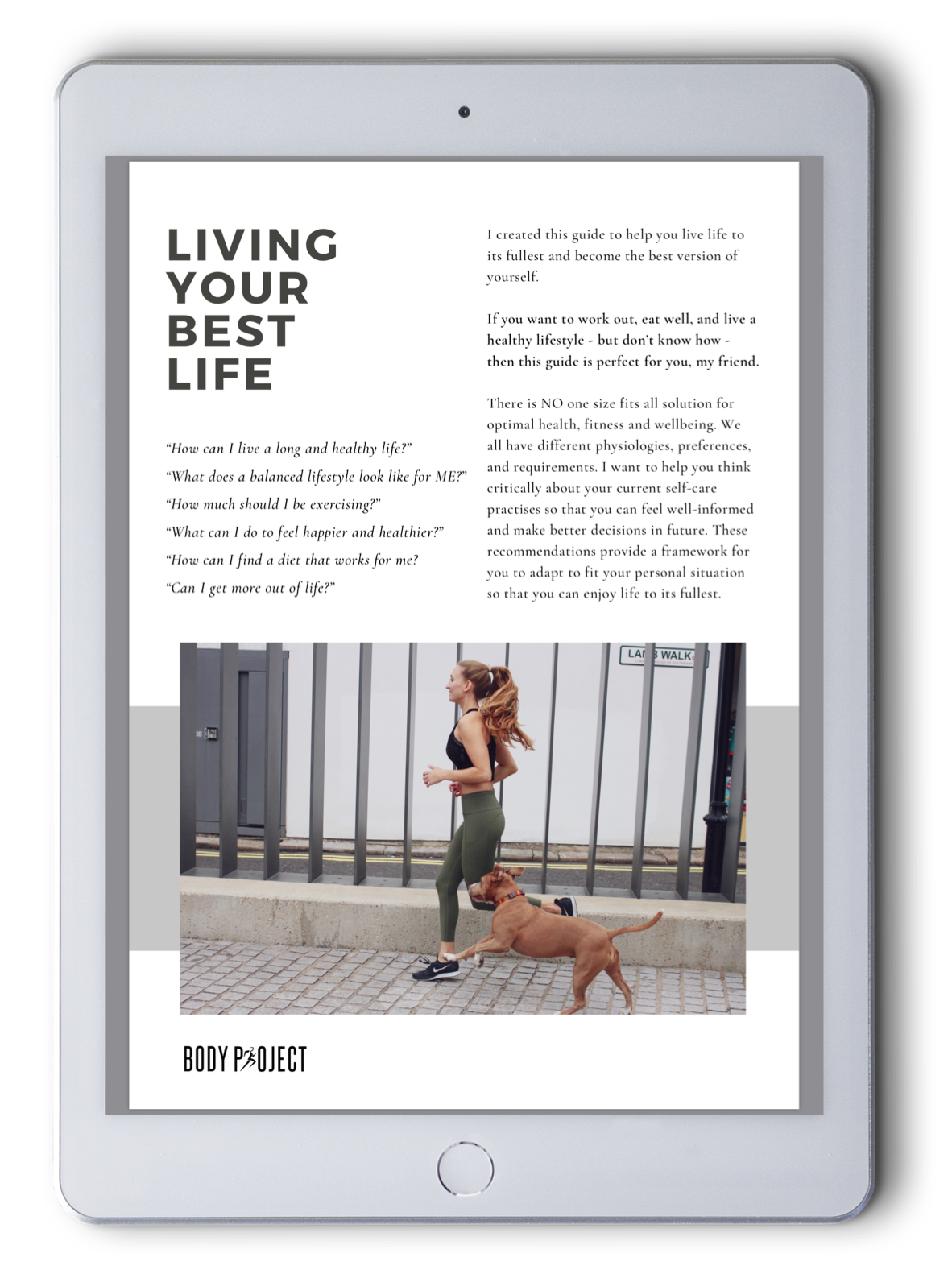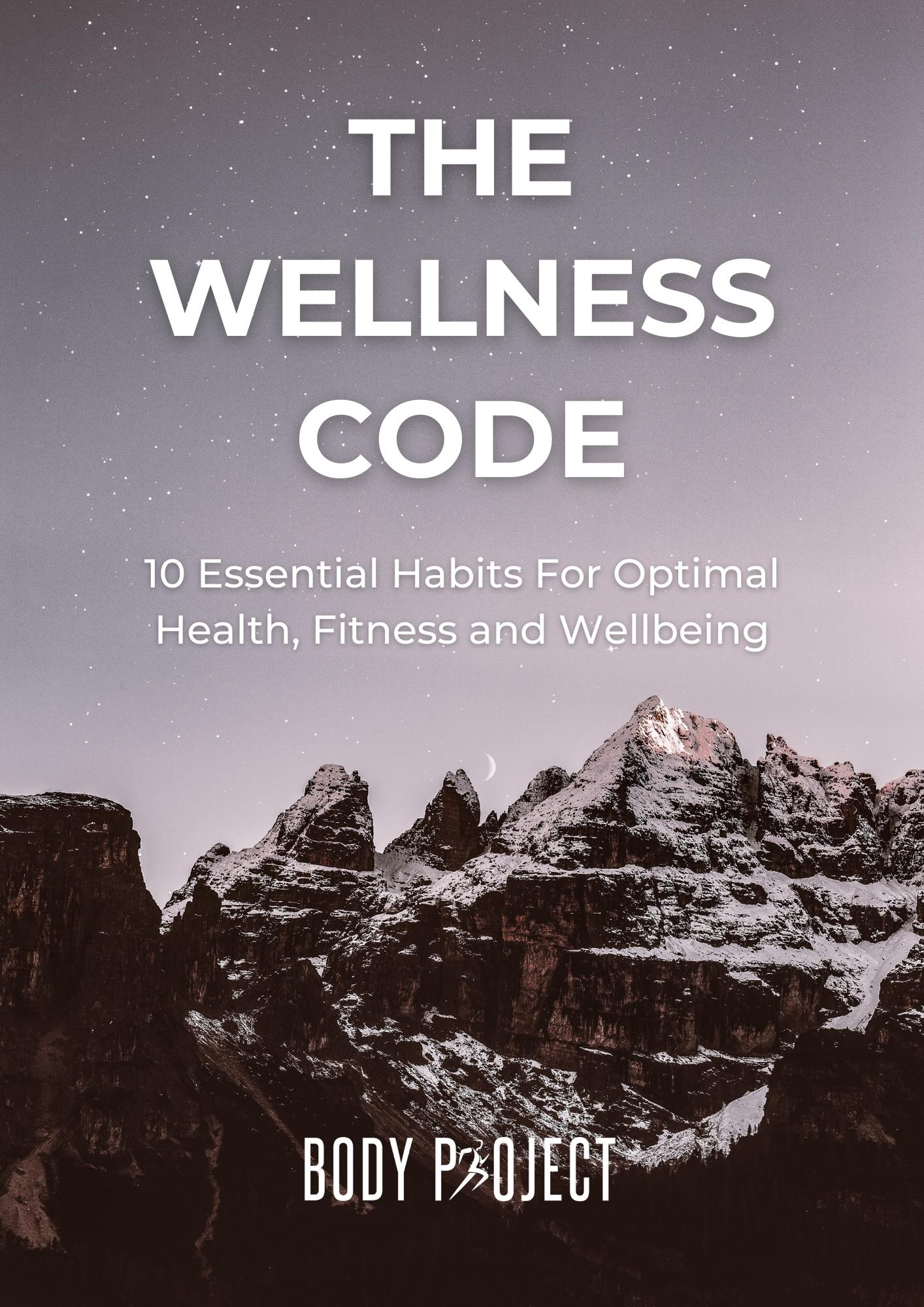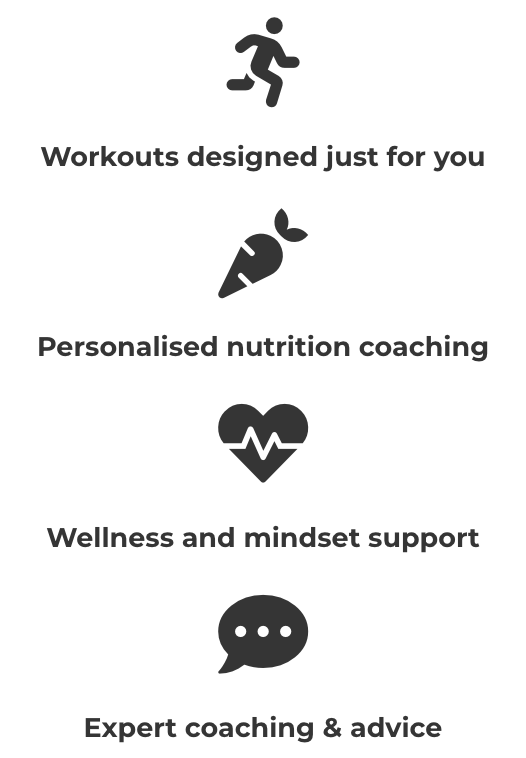Sign Up For Special Offers & Exclusive Content
What Is A One Rep Max Test?
Your one rep max, or 1RM, is the maximum weight you can lift for a single rep in any given exercise. For example, if the maximum weight I can lift for one rep in a squat is 50kg, then my one rep max squat would be 50kg.
To work out your 1RM, you have to perform a one rep max test, which I’ll give you a protocol for in just a moment. This type of test is considered the fitness industry gold standard in measuring a person’s physical strength.
There are also such things as the 2RM, 5RM, and 10RM (and everything in between, really), but you’d only use these in specific circumstances that required it. Testing anything above a 10RM wouldn’t have much useful application in a strength training programme for most people.
You also can’t test a one rep max for any old exercise. This list sums up all of the exercises I would use to test 1RM with most clients. There might be some special cases where I’d test with an exercise not on this list, but that would be very specific to the client. In general, these are the lifts that would provide you with useful information for your training:
- Back Squat
- Front Squat
- Deadlift
- Power Clean
- Squat Clean
- Power Snatch
- Squat Snatch
- Close Grip Bench Press
- Standing Strict Press
- Weighted Pull-Up
- Dead Hang (max time)
- Forearm Plank (max time)
- Side Plank (max time)
Why Test Your One Rep Max?
Testing your one rep max can provide you with lots of useful information like:
- How strong you are in a particular lift
- Whether you have any strength imbalances
- How quickly you’re progressing
- How effective your training programme has been
The test itself also has immediate benefits for many people:
- It’s a satisfying & enjoyable challenge
- It provides stimulation for progression and can help you avoid stagnation
- Completing a 1RM test can build your confidence when it comes to lifting heavier weights
From a coach’s perspective, knowing my clients’ 1RMs allows me to write much more specific training programmes. That’s because the data helps me ensure I’m pushing the client just the right amount to get the intended effect. You won’t get much benefit from a programme that’s too easy, and you definitely don’t want one that’s too tough!

Things To Consider
Tests like this require you to lift weights at the very peak of your ability, which means there’s a degree of risk involved. There are some important factors to take into consideration.
Discover the 10 essential you need to optimise your health, fitness and wellbeing in our free ebook...
Technique
Only test if you’re confident you can maintain great form throughout the test. Poor technique could result in pain or injury.
- Don’t test on exercises that you haven’t practised a lot. A good rule of thumb to know if you’re ready to test a particular movement is to ensure you’ve formally practised squats with good technique at least once weekly for at least a few weeks. Testing exercises that you’re inexperienced in greatly increases your chances of muscle soreness and injury.
- The heaviest lift you can perform safely & properly will be your 1RM. The test should be stopped when technique is overly compromised.
- Note that in training we practise excellent technique, but when testing or competing, perfect technique isn't necessary. Of course, this should be a calculated risk rather than the result of reckless abandon.
Commitment
- It’s important you feel confident in your movement skills and prepared to exert yourself in a 1RM test. If you’re not willing or able to put in maximal effort you won’t get reliable results.
- It can be unsafe not to fully commit to any attempt at a heavy or technical lift, as this increases the risk of injury.
Timing
- As humans we’re subject to circadian rhythms, which means our bodies tend to function better at particular times of the day. Athletically speaking, many people perform better in the afternoon or evening than they do in the morning.
- Tests are most useful when implemented strategically as part of your training programme. Doing so can help you avoid over-stressing your system and negatively affecting your training. This is something you’ll want to discuss with your coach.
Exercise Selection
- Always take into account your injury history before testing your heaviest lift. It’s important to weigh up the risks - if there’s a chance you could be causing damage, don’t bother testing until you’ve rehabilitated your injury. Avoid risky exercises and if something doesn’t feel right then stop straight away.
Limitations
- In general, it’s only really useful to know your max strength in the compound movements listed above. Always keep your intention in mind. If you’re not sure, ask yourself: “why do I need to know my 1RM for this exercise?”
- One rep max tests may not be safe or reliable for elderly people over the age of 75.
- Injuries and medical conditions could be potential issues. In these cases, it’s best practise to get the all clear from a specialist such as a physiotherapist or doctor before testing.
How To Test Your One Rep Max
To make the test fair and safe, you’ll need to ensure the following:
- Make sure you’re using appropriate gym equipment that’s in good working order. Use the exact same setup every time you test your 1RM to ensure the data you’re getting is reliable.
- You’ll need a good spotter. A spotter is someone who’s on hand to help you finish your lift if you find yourself unable to do so on your own. When testing your 1RM you’ll often find yourself attempting lifts you may not necessarily complete, and so having someone there when you need to bail out is essential.
- Aside from your spotter, you’ll need a coach to ensure your technique is safe and correct, monitor your rest times between attempts, and record your results.
How you go about testing should be between you and your coach, but in general your test procedure should look something like this:
Warm-Up
You’ll need a few warm-up sets to prime your body to lift at its maximum potential. Come up with an estimate of your 1RM (click here for more on how to estimate your 1RM) so that you can work out appropriate weights for your warm-up sets.
Around 3-6 warm-up sets should be adequate. How many you do will depend on the total weight you’re aiming for (more weight = more warm-up) and how long it usually takes your brain and body to feel really switched on. Be careful not to exhaust yourself before starting the test. Remember your objective when warming up is to prepare your neuromuscular system, not fatigue it.
Here’s an example of how your warm-up might look:
Set 1: 8-10 reps @ 50% predicted 1RM
Set 2: 6-8 reps @ 60% predicted 1RM
Set 3: 4-6 reps @ 70% predicted 1RM
Set 4: 2-4 reps @ 80% predicted 1RM
Rest Periods
As with your usual weight training, you’ll want to rest somewhere between 1-5 minutes or more after each set. It can work well for some individuals to rest as little as 1-2mins between heavy lifts, but in general longer rests allow your body time to replenish energy in the muscles. Agree your rest periods with your coach and keep them consistent to ensure a fair test.
Another effective approach - and my personal preference - is to take increasingly longer rests as you progress through the test. Early on in the session, particularly during your warm-ups you’ll want to take shorter rests than at the end when you’ll need more time to recover between sets.
To retain a degree of measurability, you could rate your level of exertion on a scale 1-10 after each set, and time your rest based on the result. Score of 3 or below might warrant a 1 minute rest, whereas scores of 9-10 would indicate the need for longer rests of perhaps 4-5mins. When testing, err on the side of caution and rest plenty - just avoid cooling down too much! Keep moving by walking around the gym, practising your lifting technique, or adding in accessory movements where necessary to boost performance (you may prefer to consult a coach about exercise prescription).
One Rep Max Attempts
Once you’re warm and ready to go, you’ll simply need to make a series of single attempts until a 1RM is achieved. Your 1RM will be the heaviest weight you can lift for full range of motion with good technique, and it should take you roughly 3-7 attempts to find it.
Start with a weight that is close to your predicted 1RM, and add a little weight each time you make a new attempt. There’s a balance to strike: add too little and you might end up fatiguing yourself with too many sets; too much and you could be wasting energy that could have been used on successful attempts.

A good general guideline is to load increments increasing by 5-10% for upper body exercises and 10-20% for lower body exercises until you can feel you’re close to your max. From there, make decisions on which smaller increments to utilise. Most good gyms will have plates as small as 2.5kg, 1.25kg, and even 0.5kg. Remember, a tiny PB (Personal Best) is still a PB!
Once you get to the point where you “fail” a lift by losing your form, not being able to complete the rep with full range of motion, or having your spotter bail you out, it’s time to stop the test.
Formulas For Estimating Your One Rep Max
Sometimes it’s not a good idea to go for a 1RM test. If you have injuries that could be exacerbated, or don’t have enough training experience to be confident in your lifting ability under heavy loads, there are some ways you can estimate your 1RM. These estimations can be used in place of the actual data to add specificity to your training programme.
It’s also very useful to estimate your 1RM before testing it so that you have something to aim for.
Method 1
The University of New Mexico came up with some formulas to help you predict your 1RM based on your 4-6RM scores, which of course you would need to test. A 4-6RM test is safer than a 1RM test because the load is lighter and you’re less likely to compromise on technique than if you were training at the edge of your potential.
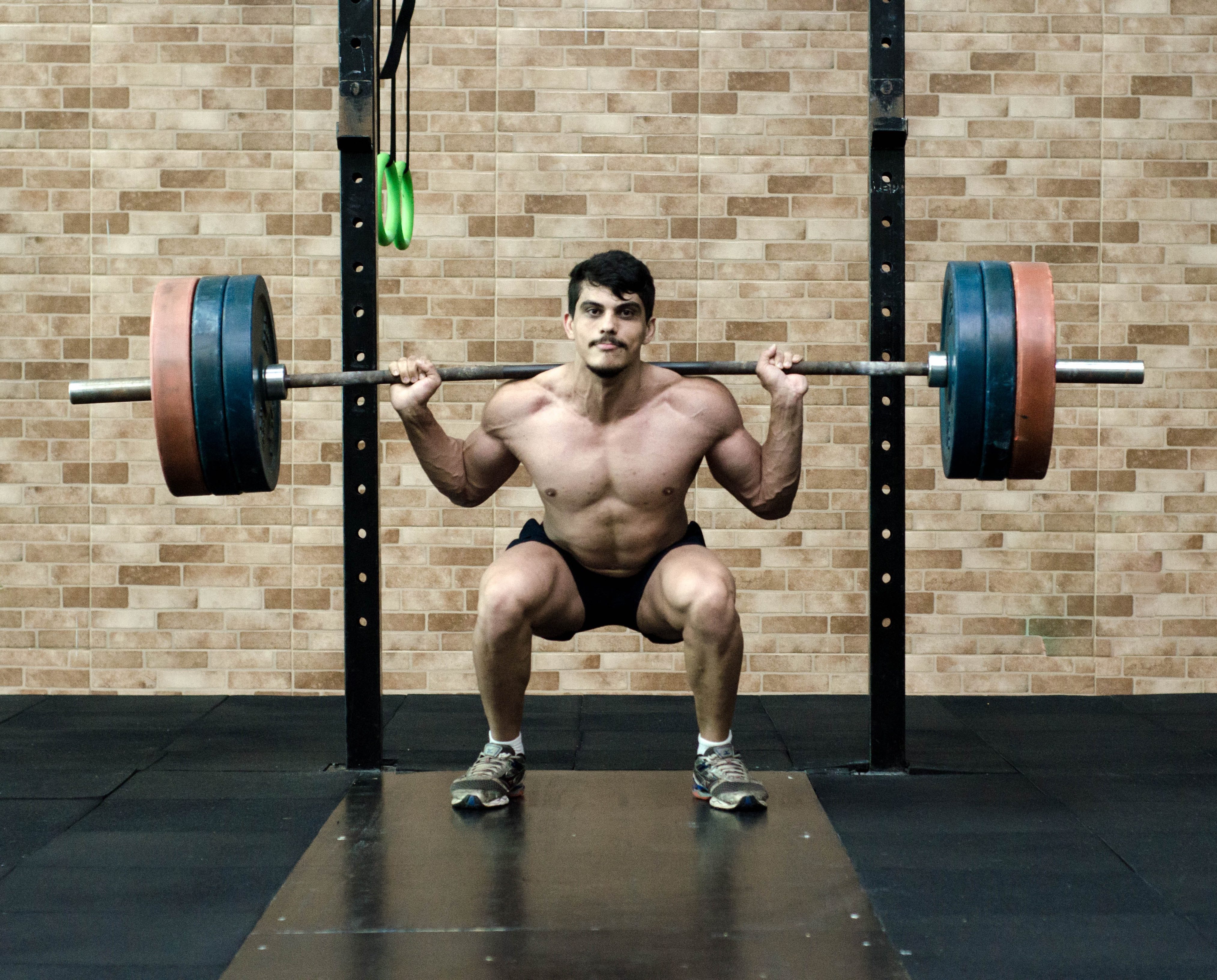
For upper body exercises: (4-6RM X 1.1307) + 0.6998
For lower body exercises: (4-6RM X 1.09703) + 12.2546
Finish by rounding up the decimal points and you’ll have your predicted 1RM.
Method 2
If I just want a very quick estimate of a client’s 1RM, for example during a Personal Training session, I'll use a rougher calculation. I know that 5 reps is usually about 85% of a client’s 1RM, and that information is more than good enough to guide my training recommendations for non-athletes.
How To Analyse Your Results
Your results will tell you a few important things:
- How strong you are in any given lift. This is known as absolute strength.
- How strong you are in relation to your bodyweight. This is known as relative strength, and you can calculate it by dividing the weight you lifted in (kg) by your bodyweight (kg).
- Where your strength imbalances lie. By comparing your max strength in various lifts you can identify areas for improvement. To find out how your lifts measure up, check out my FREE Metrics Smart-Sheet at the bottom of this page. It's an excellent resource you don't want to miss out on!
Tips For Training Success
Whether you're pleased with the progress you're making or are frustrated over lack of results, having a proper training plan in place can fast-track your athletic development and protect against injury.
The best workout programmes don't just prescribe the right exercises for you and your goals, but also pay close attention to nutrition, mobility, workout recovery, and other wellbeing factors such as routines and mindset.
Online PT is an affordable and effective way to get bespoke programming, advice and support to get you where you need to be. Save time and effort by hiring a professional to get your training organised... the heavy lifting is up to you.
Search Posts
Free Download
Popular Posts
Discover Online PT
Download The 1RM Calculator Spreadsheet
Sign up to gain access to this clever spreadsheet and enter your 1RM data to estimate how much you should be able to lift in the important exercises mentioned in this article, and identify any strength imbalances.
Enter Your Details To Download The Smart-Sheet
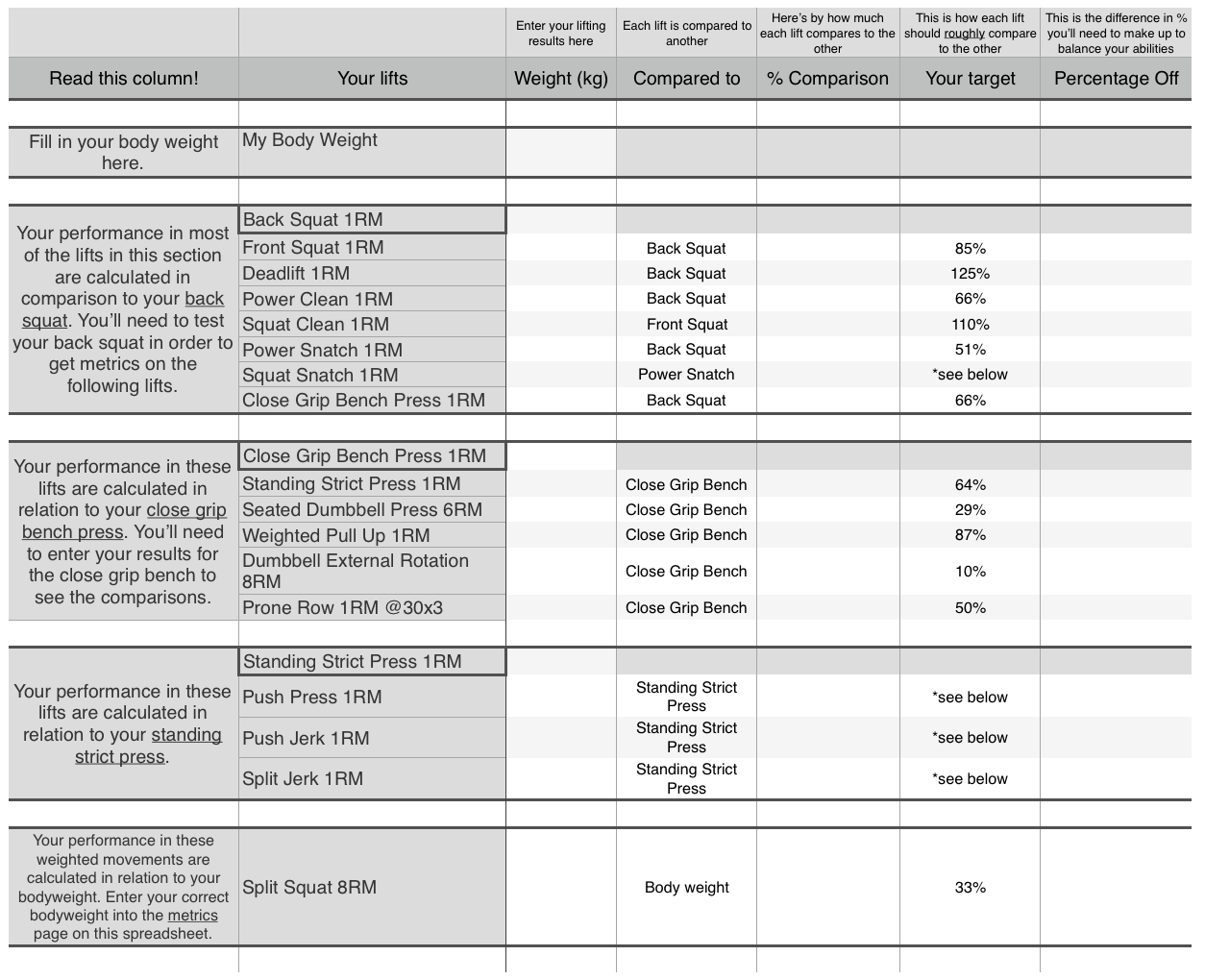
Read More Helpful Articles
Subscribe For New Post Updates
Receive new posts, special offers, discounts, plus exclusive content that we only send out via email.
Don't miss out!

